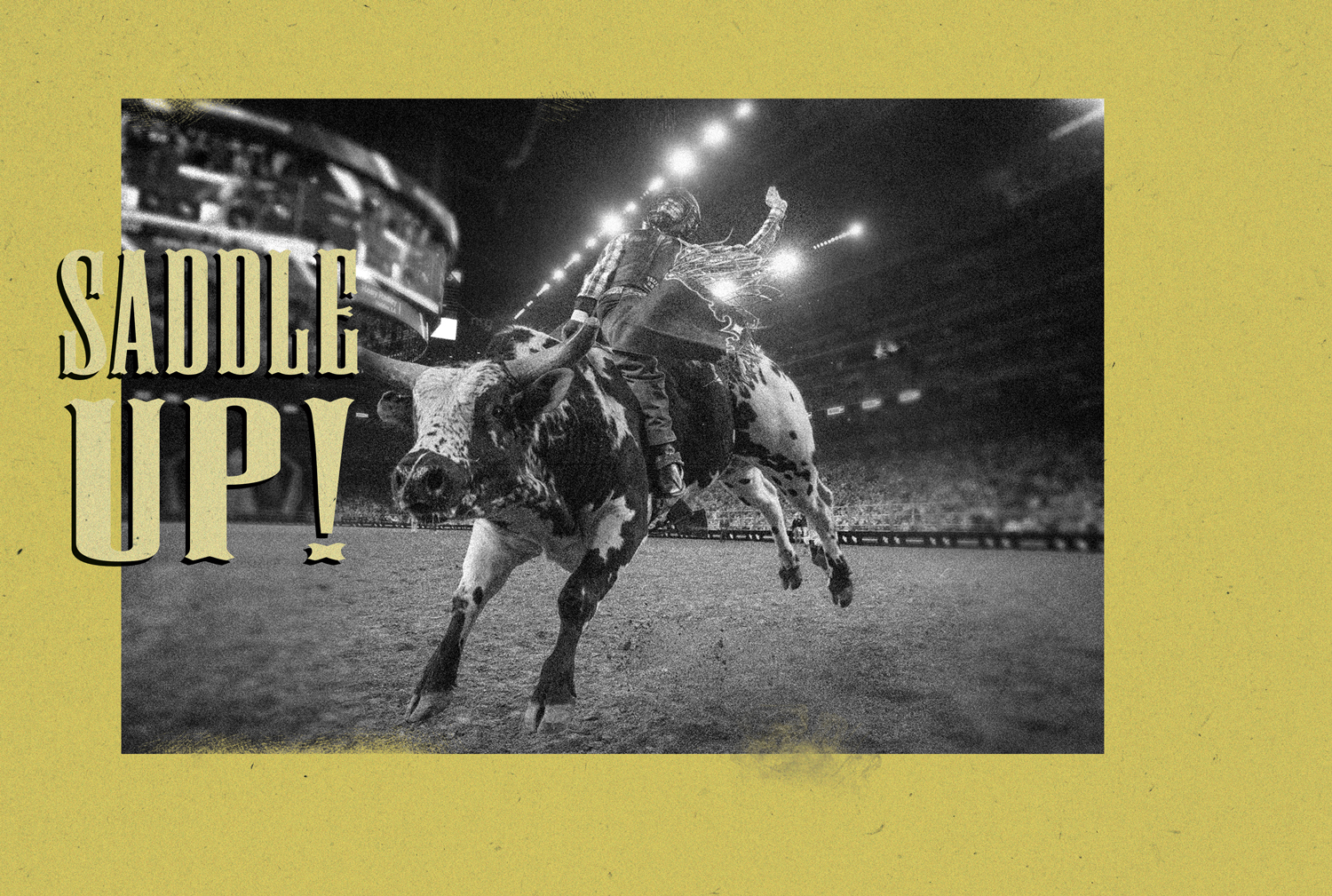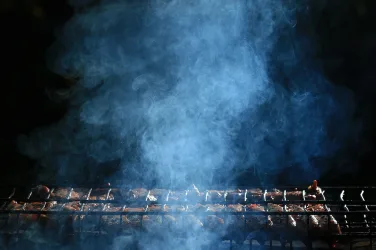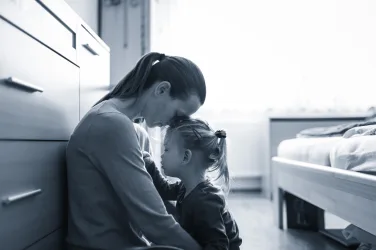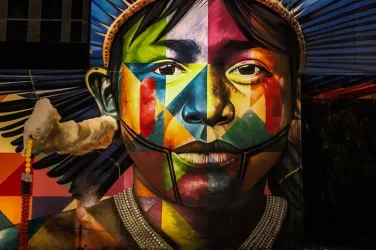Saddle Up!
Can there be anything more Texan than rodeo? Though the sport is iconic in our fair state, its origins actually trace back to Spain, the Spanish nobles who brought it here in the 1800s, and the early ranchos who blew off steam demonstrating their riding and roping prowess for one another. One can imagine they’d be flabbergasted to see how it’s evolved. Today’s rodeo—performed by pro athletes with huge stakes in arenas of tens of thousands of fans and full coverage on ESPN—has come a long way.
During the late 1700s and early 1800s, as the new American cattle market grew, so did the need for skilled horsemen. Many of the men running the Spanish missions that then dotted the Texas landscape were descended from Spanish nobility and trained in the celebrated skills of horsemanship and roping. They passed these skills on to their workers, known as “vaqueros.”
When mission lands were converted to privately owned ranchos, the vaqueros found work running cattle and managing the rangelands, becoming the first American “cowboys.” When the U.S. took these lands from Mexico in 1848, the vaqueros continued their work, now alongside American counterparts, with whom they shared their equestrian traditions.
Hello, Cowboy
Each year during the annual roundup and branding of cattle, these vaqueros-turned-cowboys enjoyed displaying their horsemanship and roping skills for one another. Men being men, demonstrations soon turned into competitions. And the rodeo was born. As the ranks of American cowboys grew, so did the events. But when railroad stock cars replaced cattle drives and open rangelands were divided up and fenced off, those same cowboys were forced to seek other livelihoods.
Yet the American rodeo tradition lived on with stock horse shows held in small towns throughout the west, offering cowboys the chance to supplement their now shrinking income. Clever showmen like Buffalo Bill Cody elaborated on the events, turning the America’s fascination with the “Wild West” into a lucrative business that would continue for many years.
Those who were making their living through rodeos wanted to standardize the events and establish rules and regulations for the safety of competitors and animals. The Professional Rodeo Cowboys Association (PRCA) was established in 1936, instituting rules about safety, judging, and distribution of prize money.
Today, the National Finals Rodeo is viewed by millions with standardized events such as bareback riding, steer wrestling, team roping, saddle bronc riding, calf roping, and bull riding. Many rodeos also include barrel racing, often dominated by female equestrians, while today’s stock horse shows revolve around the disciplines of reining and cutting, and usually include amateur riders as well as professional trainers.
The Houston Rodeo
The Houston Livestock Show and Rodeo (HLSR) began in 1931 (under the name The Houston Stock Show and Livestock Exposition). The downtown rodeo parade was added in 1938. In 1942, cowboy entertainer Gene Autry was the first rodeo entertainer. And the rodeo was broadcast live—on pay-per-view—for the first time in 1992. Since its genesis, the show has not only survived wars and recessions but has awarded over $40 million to youth scholarships.
Now the largest livestock and rodeo show in the world, it’s played host to famous entertainers ranging from Elvis Presley to George Strait, Kenny Chesney to Justin Bieber. Attendance has grown steadily and so has the scholarship money awarded to winners. Today’s HLSR draws tens of thousands of enthusiastic fans. This year’s rodeo will take place March 3rd through the 22nd at NRG Stadium in Houston. (Visit RodeoHouston.com for more details).
There’s so much happening each day that you won’t want to miss a thing. A few highlights are a mutton bustin’ event where five- to six-year-olds cling onto the backs of sheep, a calf scramble with substantial prize money for teens, and food you won’t find anywhere else. We’re talking chocolate-covered jalapeños and giant pickle-stuffed corn dogs. There’s also a barbeque eating competition and a rodeo wine show.
Over 300 vendors will be there selling cowboy boots and hats, farm gear, and more. It’s no coincidence the rodeo is scheduled during the peak of Houston’s azalea season. The town will be alive with color and the weather will be a delightful 70 degrees. See you at the arena!
Round Up Fact
- The word rodeo has its origins in the Spanish word rodear which means “to surround”.
- To avoid being swarmed by fans, Roy Rogers once attended the Houston Rodeo wearing a fake mustache, glasses, and a fireman’s uniform.
- Since 1979, the Pro Rodeo Hall of Fame and Museum of the American Cowboy in Colorado Springs, Colorado has paid homage to the colorful history of the American rodeo and the equally colorful men and women who made it possible.
By Mimi Greenwood Knight










